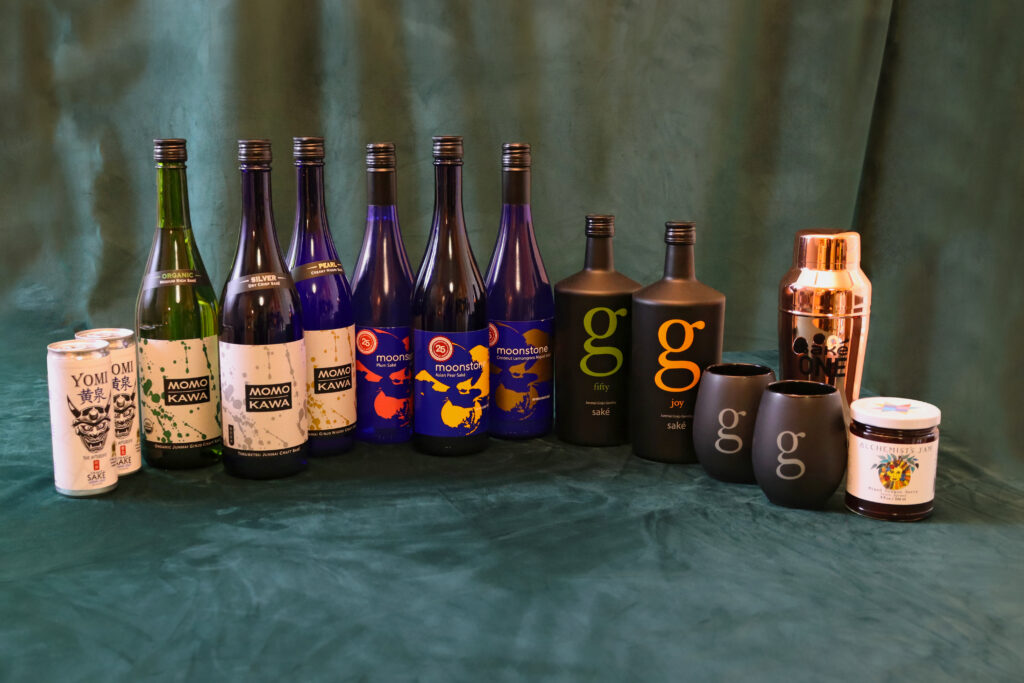
When it comes to holiday gifts, few things are as unique and impressive as a saké gift package. Saké is a traditional Japanese alcoholic beverage that is perfect for celebrating any special occasion. Whether you are looking for a gift for a friend, family member, or business associate, a saké gift package is sure to please.
SakéOne has three different saké gift packages, each available all at special prices. This way you can find one that fits your budget and the recipient’s taste.
First, let’s walk through our top three reasons why saké packages are the perfect gift for the holidays
1. Elegent
Our specially curated saké packages are a tasteful gift that will be cherished by anyone. The included premium sakés tastes as good as they look. The bottles are designed so beautifully that your special someone will be proud to display their saké in the home. Lastly, the art of making saké is an ancient one, the recipient will enjoy being a part of something special.
2. Creates a connection
Food brings people together and saké makes the experience evermore flavorful. Sharing saké and meals with friends and family is a great way to connect and dive deeper into the enjoyment of the moment.
3. Suitable for many people
Saké packages make memorable gifts to a wide range of audiences. These bundles are perfect for friends, co-workers, in-laws, and business partners. Do you have a person on your list that is hard to buy for? Try getting them a holiday saké package!

The Oregon Craft gift pack is the gift that keeps on giving! It’s perfect for someone who wants more than just saké. Not only does this set include an array of locally brewed sakés; the set includes local jam, a cocktail shaker, and two glasses. Gift this to the Momokawa fan or introduce a Japanese saké enthusiast in your life to American-made saké. We know they’ll love it!
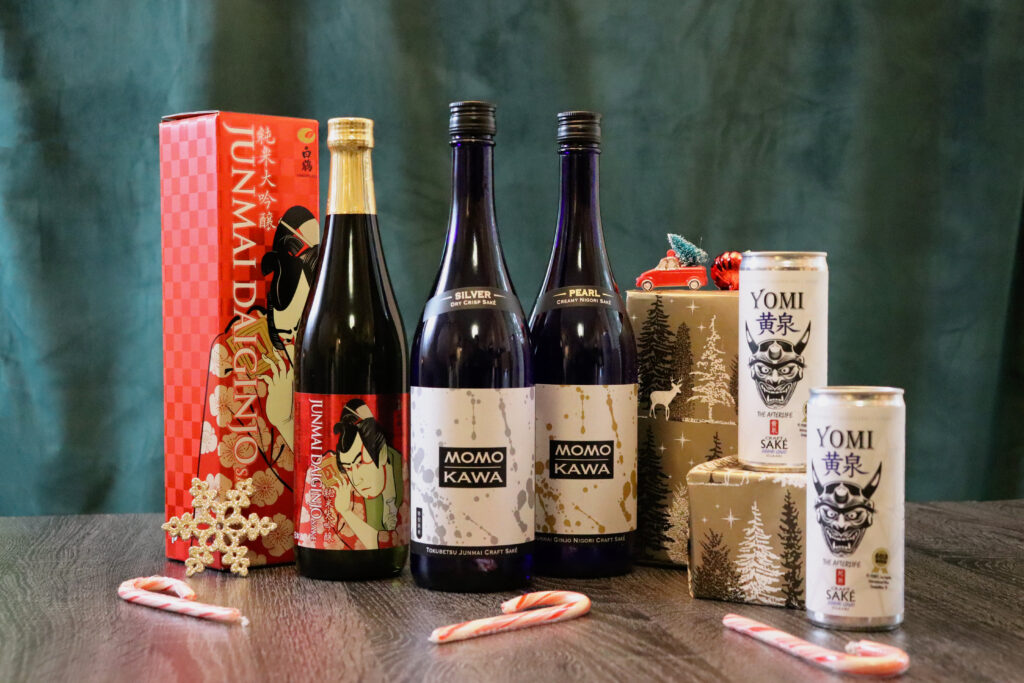
Looking to give the gift of saké but want it to be a little extra special? Our Merry & Bright gift set is the perfect option! Includes a variety of locally brewed saké and imported saké, this pack allows the recipient to explore many flavors and styles. We recommend this gift set for the saké enthusiast in your life. Alternatively, the array of flavors is suitable for folks who love to throw dinner parties. With your thoughtful gift, they’ll have many sakés to pair with a myriad of foods.
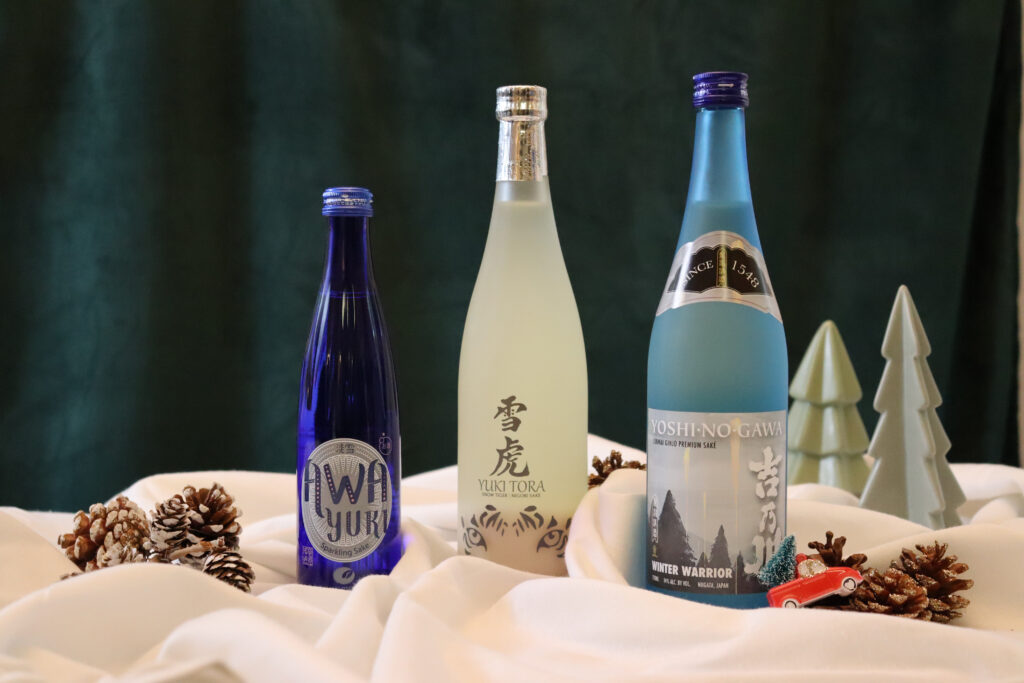
Find a gift pack that spreads joy to anyone in your life! The Snow Day bundle includes five import sakés, making it a great starter set for someone new to saké. At a price point of just, $49 this pack is a great stocking stuffer, hostess gift, or a “thank you” to your business partner.
Happy Holidays!
The first sake I tried was at a Japanese restaurant in Philadelphia. It was hot, served in a masu cup, and paired with sushi. It wasn’t until moving to Portland and exploring the Oregon and Japanese sake scenes that I grasped the variety within the sake category, beyond its misconceptions as a Japanese wine. Today, I drink sake chilled and consider it one of the most versatile beverages to pair with food. Even with pizza!
While it may seem intimidating to decode a sake list, you don’t want to miss out on the vast number of flavor profiles and pairings. When looking at a sake menu, you’ll notice the names are broken down into categories like Junmai, Ginjo, Daiginjo, Honjozo, and Futsu. Similar to the varieties on a wine list, each word means something different, indicating how the sake is made and how it will taste. Now that you have some background, let’s take a look at the different styles of sake.
Junmai sake is made from just rice, water, koji, and yeast. There is no brewer’s alcohol added in the process because to qualify as Junmai the sake must be “pure”. Typically, the rice in Junmai sake is polished to at least 70% of its original size. While the Junmai classification is broad, its flavor profile often offers savory notes and a full body.
Our recommendation: SakéMoto
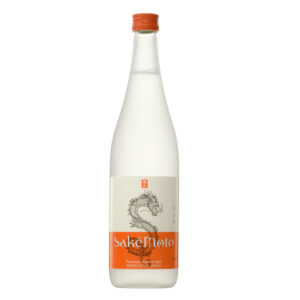
Junmai Ginjo is a specialty at SakéOne and many of our products are made in this style. This premium sake is made with rice, of which 40% is milled, while 60% retain their original size. To meet the requirements of a Junmai Ginjo, the brewer does not add in distilled alcohol.
Our recommendation: Momokawa Diamond
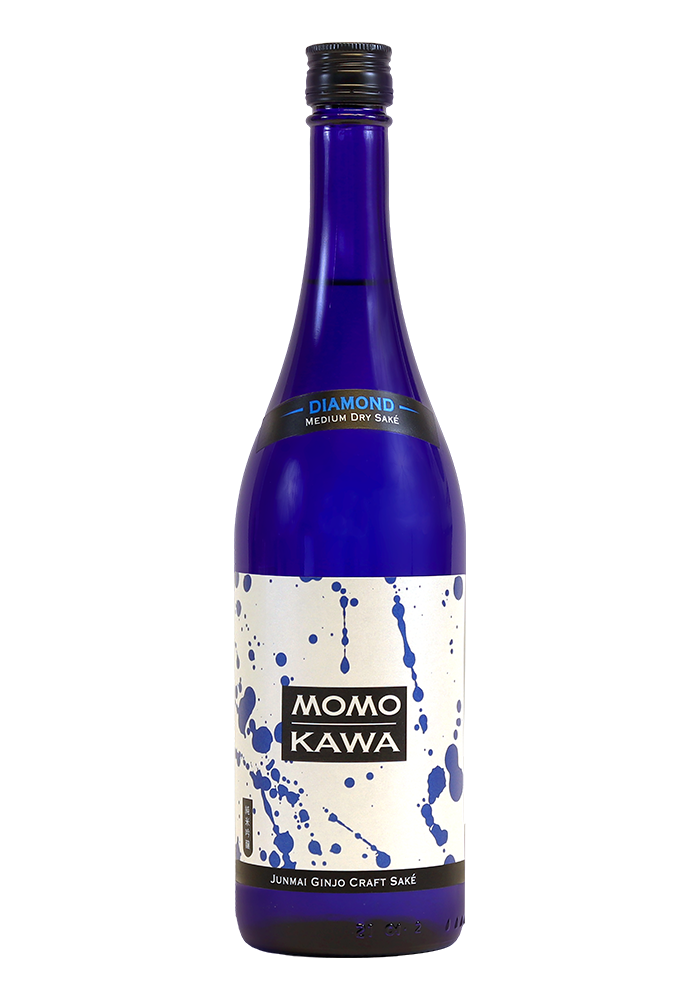
Ginjo sake meets the same rice polishing requirements as Junmai Ginjo. During the sake brewing process, brewers add distilled alcohol to achieve different flavor profiles, unlike Junmai Ginjo.
Our recommendation: Yoshinogawa Gokujo
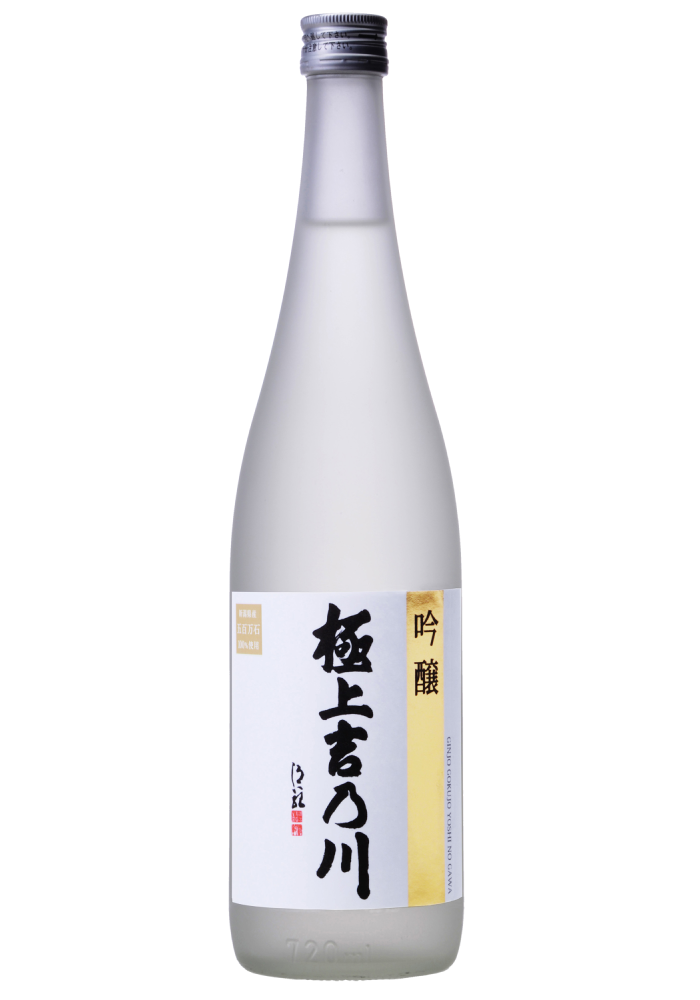
Junmai Daiginjo is an ultra-premium sake brewed with rice milled down to 50% of the original size.
Our recommendation: Hakutsuru Ukiyo-E
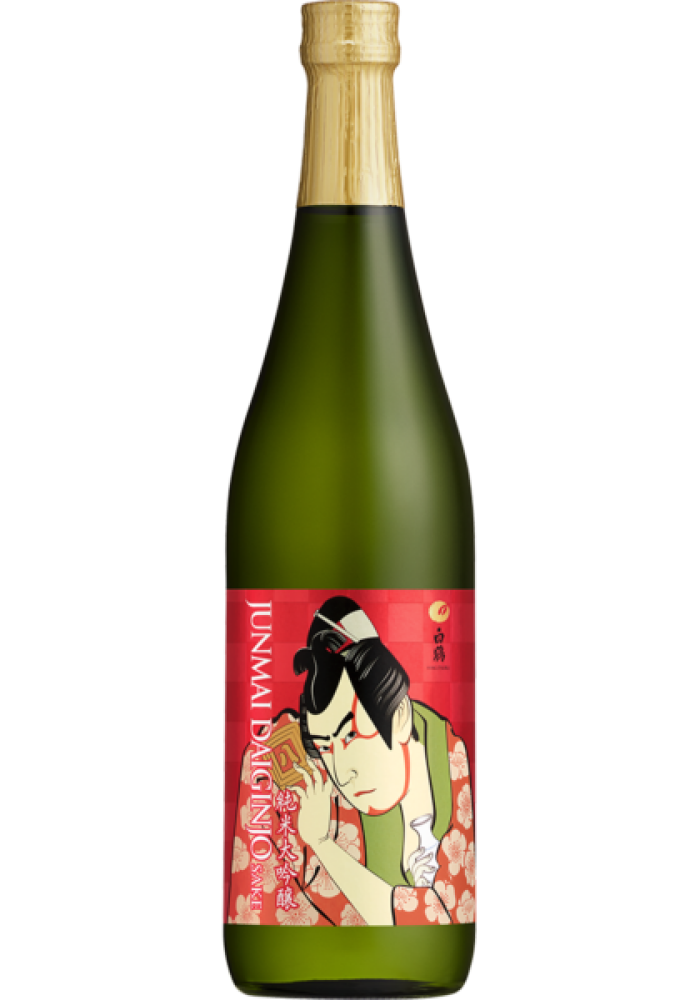
Daiginjo follows the same process as Junmai Daiginjo except for the small amount of distilled brewer’s alcohol that is added to the sake after fermentation.
Our recommendation: Yoshinogawa Golden Gourd
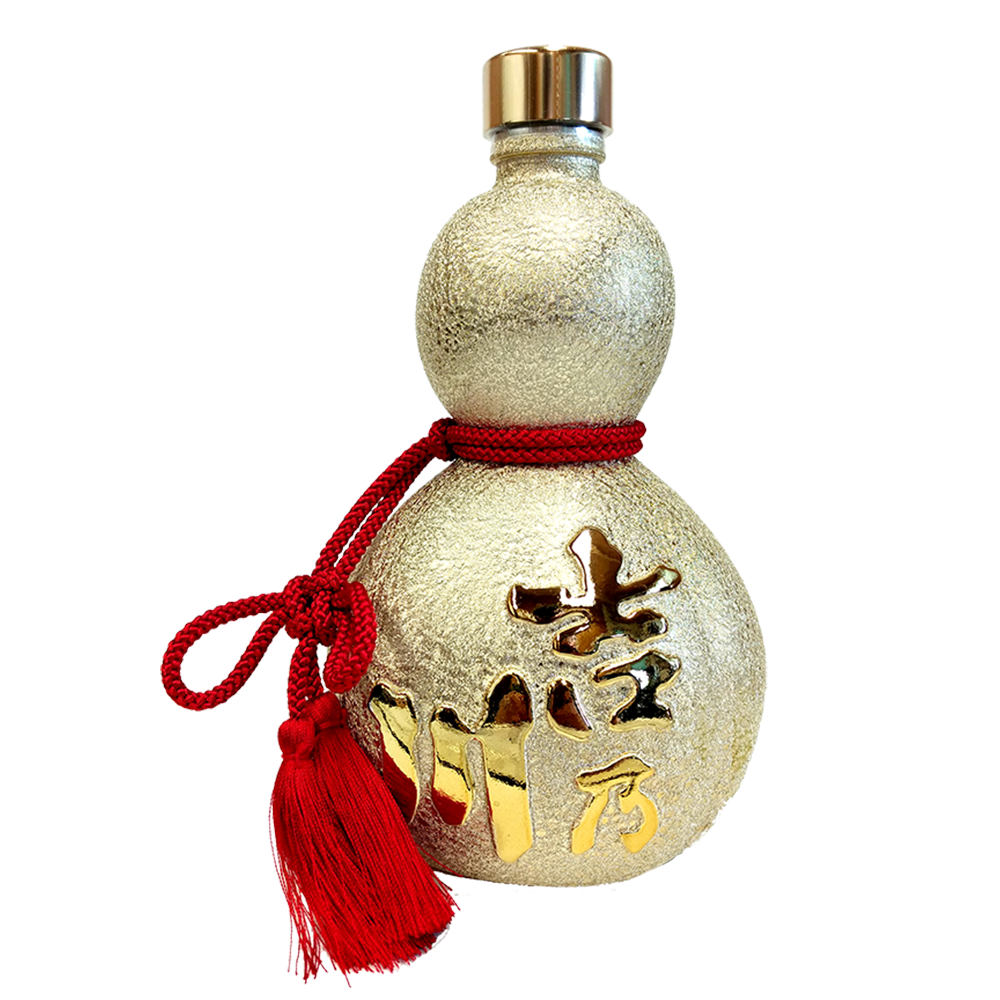
Honjozo is similar to Junmai because the rice is polished to at least 70% of the original size. To qualify as Honjozo, a small amount of distilled alcohol is added to the sake.
Our recommendation: Murai Family Tokubetsu Honjozo
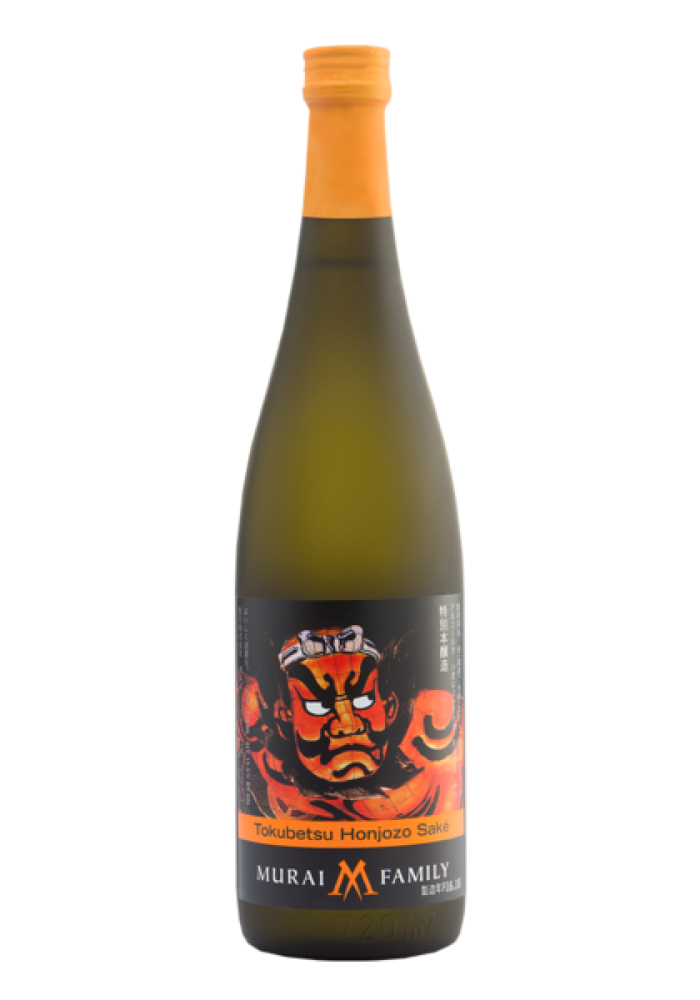
Futsu sake, known as table sake, is not restricted on polish ratio. Also, the brewer has the freedom to choose whether distilled alcohol is added after fermentation.
Our recommendation: Yoshinogawa Shinmai Shikomi Shinshu
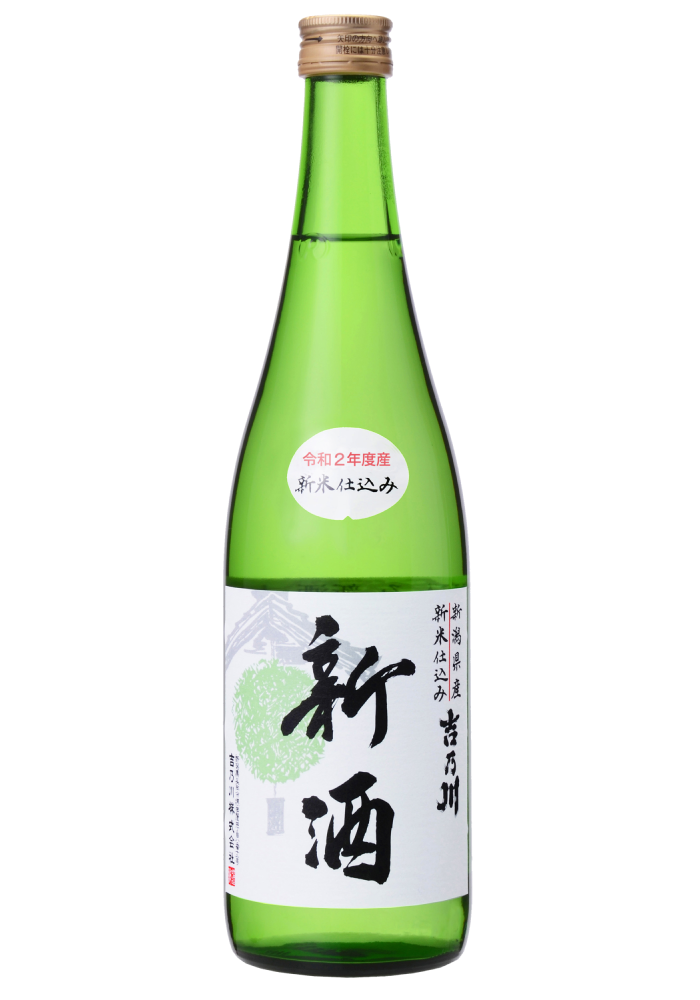
Nigori is a cloudy sake that is coarsely filtered to allow flavorful and aromatic sediments to remain in the beverage. This style is often sweet, soft, and silky.
Our recommendation: Hakutsuru Sayuri Nigori
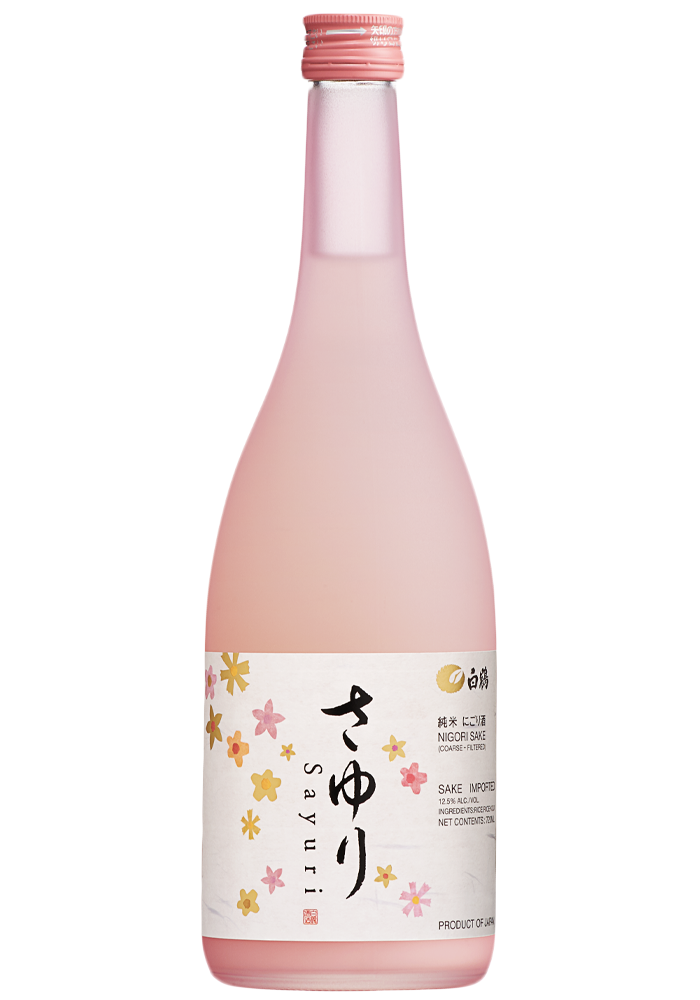
A different take on a “bubbly” favorite. The bubbles in sparkling sake are formed by trapping CO2 produced from a second yeast fermentation, or by injecting CO2. We love using sparkling sake to make mimosas!
Our recommendation: Hakutsuru Awa Yuki
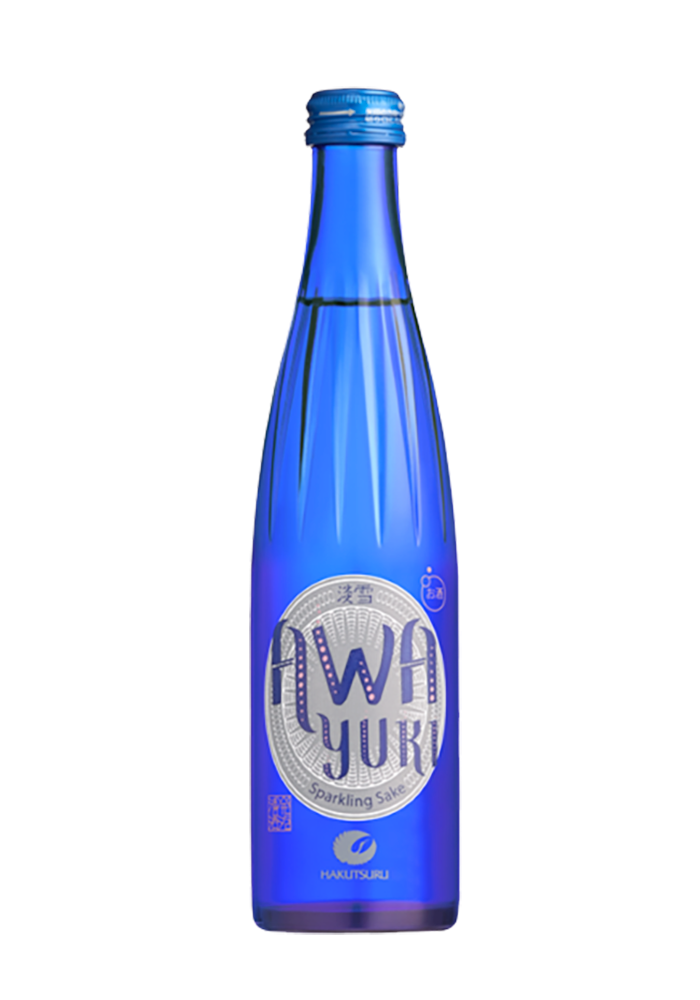
Tokubetsu is a term used to designate a “special sake”. Often the rice is milled more than the standard. The Momokawa Silver sake is classified as a Tokubetsu because of its unique dry and crisp mouthfeel.
Our recommendation: Momokawa Silver
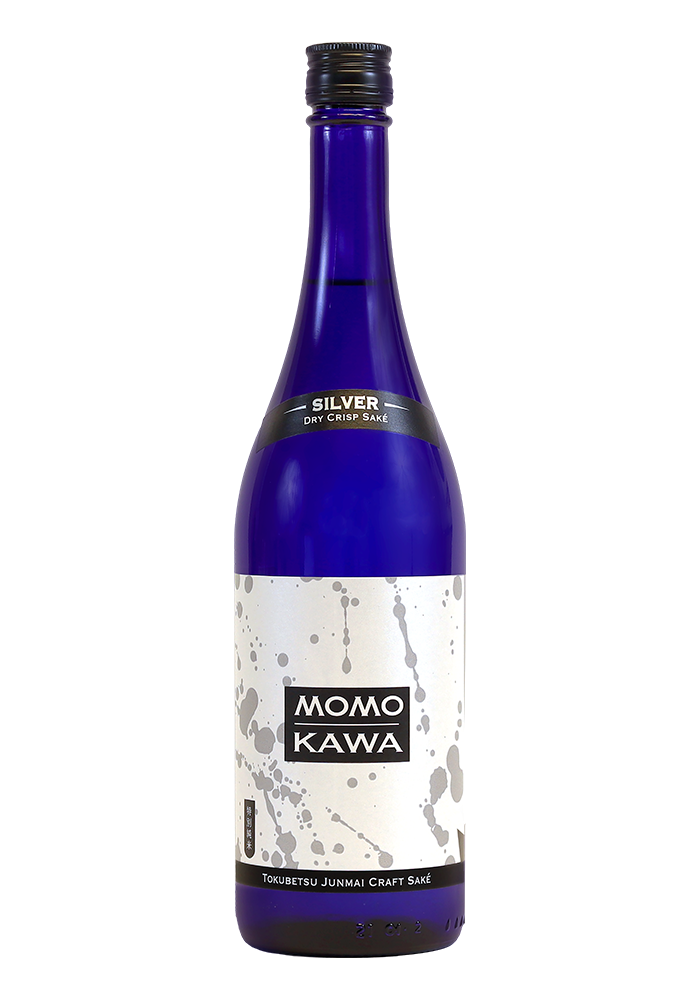
Genshu sake is often diluted with water to achieve the desired flavor profile, but Genshu is sake that is bottled without dilution.
Our recommendation: g Joy Genshu
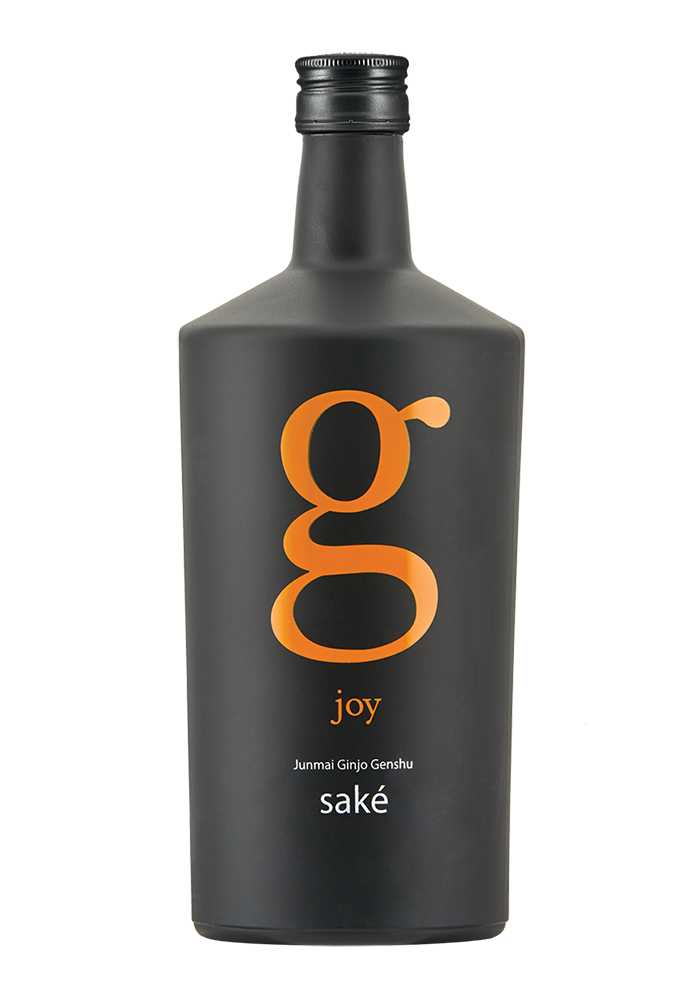
A different process in the development of the sake when the rice is smashed with a pole to create a high level of natural lactic acid.
Our recommendation: Kasumi Tsuru Kimoto Extra Dry
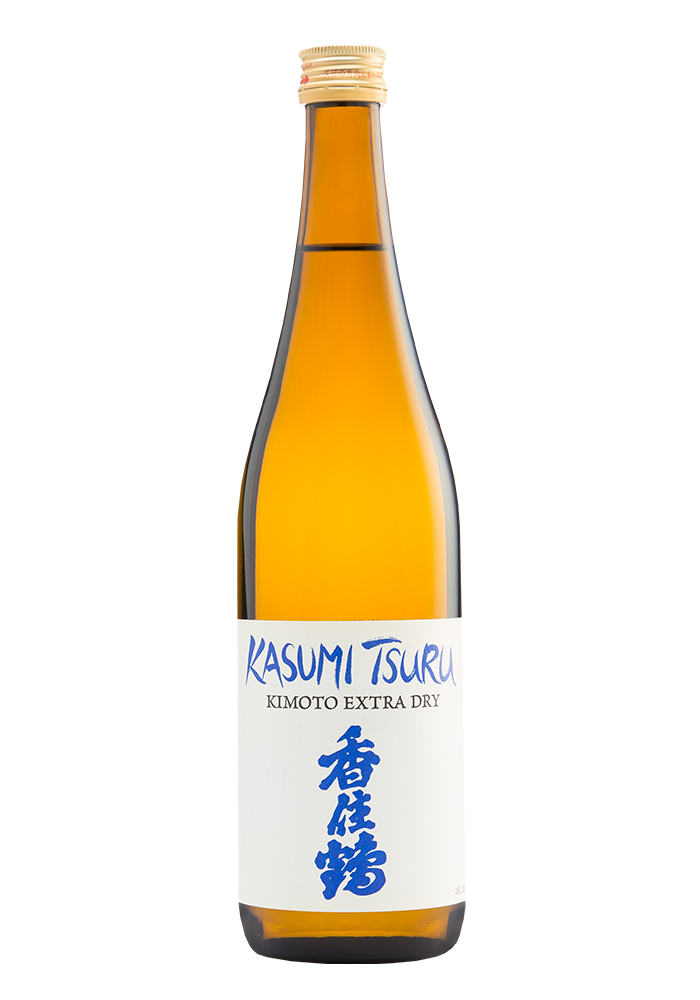
A traditional sake similar to the Kimoto sake, but without the use of poles to smash the rice.
Our recommendation: Kasumi Tsuru Yamahai
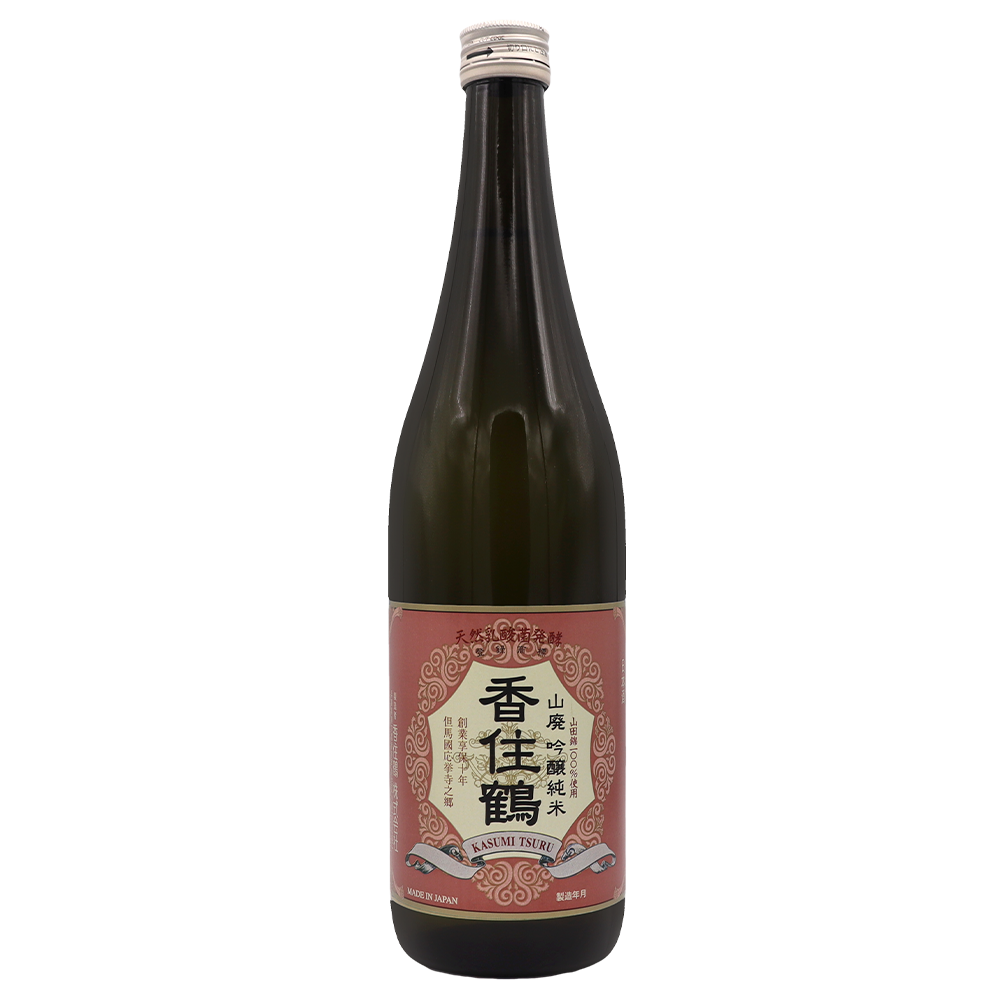
An American twist on authentic sake where flavors are added to the beverage. Delicately sweet and fruity, infused sake is delicious on its own and mixes well in cocktails.
Our recommendation: Moonstone Asian Pear
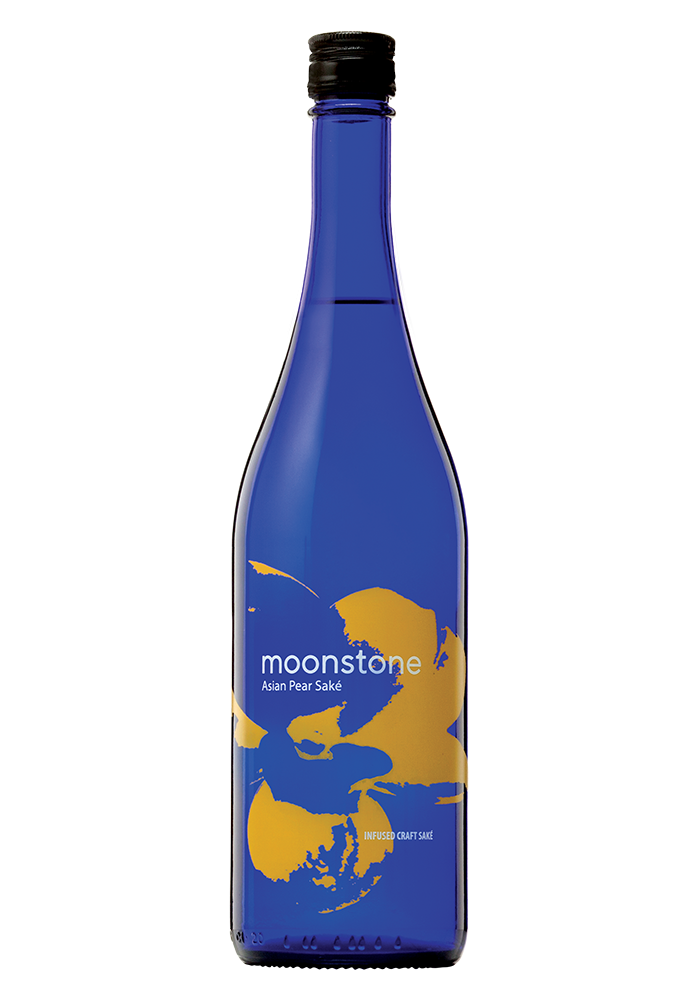
While understanding basic terminology is helpful, it’s easy to get lost in the classifications before the glass touches your lips. Start with a Ginjo or Junmai Ginjo if you’re an enthusiastic beginner. Ginjo and Junmai Ginjo have a fruity and floral aroma and are perfect for enjoying in a glass or in a sake cocktail.
Kanpai!
By clicking "Yes" you agree to our site's Terms of Use and Privacy Policy.
You have indicated you are below the legal drinking age. For more information about consuming alcohol responsibly, visit responsibility.org